Let’s be real: While some aspects of a physical product like a medical device or home appliance can be evaluated over Zoom, there are certain experiences that can only be measured in person as it requires physical interaction interact with the device. As locations relax shelter-in-place restrictions, the user experience (UX) industry prepares to return to this necessary face-to-face research. Our strategy for this includes many additional safety precautions to keep researchers, participants, and observers safe. However, we know that no matter how much preparation we put in, if participants are reluctant to take part in face-to-face sessions, then it’s all moot.
Following on the excellent work of our sister company uintent, we conducted a survey in the US to find out just how ready participants are to return to the lab.
Together with our recruitment partner of many years, Contact Design, we surveyed 1377 people from April 28-30. When asked “If appropriate protective measures are taken, how willing are you to participate in one-on-one, in-person sessions compared to the situation before the novel coronavirus crisis?” two-thirds (66%) responded the same or more willing to participate. Only 6% said they would no longer participate.


Other notable findings from the survey include:







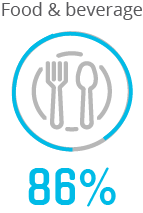


Of respondents who work in the Health Care Industry:
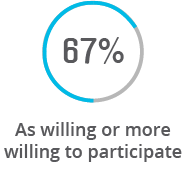
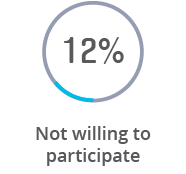
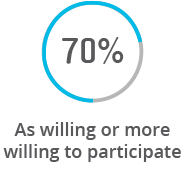
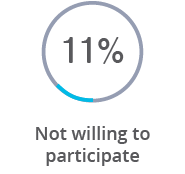
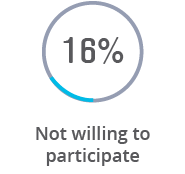
We also asked participants if they would be uncomfortable participating in studies in certain content areas. 76% of the participants said they would be willing to participate in studies of any kind. Of the studies that participants indicated they would not be willing to participate in the percentages were very low and broke down as follows:
Are there any types of studies that you would NOT feel comfortable participating in? (Check all that apply)



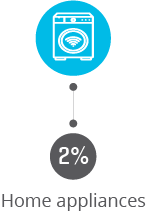














Hygiene checklist

Essentially everything is important.
We also collected open responses. These provided an opportunity to understand what we could do to ensure confidence and safety in the testing process. There were 400+ responses, most were confirmatory. But there were a few responses that mentioned checking for fever on entry and providing assurance to the participants that all the people involved in the testing were COVID free.
We have adopted these safety guidelines, among others, and believe that we will exceed the expectations of our participants to be able to provide a successful and safe testing experience for all who participate.
The answer to the question posed in the title is “Yes, participants seem willing to return” but we, as researchers, need to demonstrate that we can keep them – and everyone else involved – safe in these unprecedented times.
